High Power Diode Lasers: Systems for the Industry
From beam generation to the workpiece, Laserline can offer industry-appropriate high-power diode lasers for material processing.
From beam generation to the workpiece, Laserline can offer industry-appropriate high-power diode lasers for material processing.
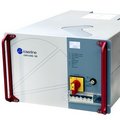
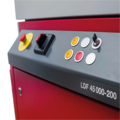

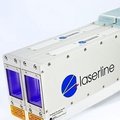

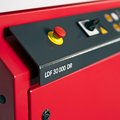
Laserline’s high power lasers can achieve a standard laser power of up to 45 kW and an efficiency rate to over 50%. Meanwhile, in the power class of up to 4 kW, it is now possible to purchase converter lasers with a beam quality of up to 4 mm.mrad. Additionally, the long-lasting industry lasers are low maintenance, thanks to an innovative diode cooling technology that has been compactly and portably built, and they are even available as a 19" rack mount laser. Furthermore, customized laser designs have been designed, created, and thoroughly tested in our own application laboratory. Additional components, such as processing optics, scanners, beam switches, and monitoring systems, round off Laserline’s growing portfolio. Our operators can participate in training sessions and make use of service/maintenance contracts. In case of malfunctions, a 24/7 service hotline and teleservice with remote diagnosis and remote maintenance are available for the best possible end-to-end service.
Laserline’s high-powered lasers are characterized by the direct use of diodes as the most efficient form of beam generation. The basic advantage of high-power diode lasers lies in the direct transformation of electricity into light without the indirect route of passing via a pump medium.
This means that diode lasers are more compact, more efficient, more mobile and easier to handle than all the other lasers. Diode lasers are a winning option: they are almost maintenance-free and have long lifetimes.
The laser beam source includes several diode laser stacks, consisting of single diode bars. The number of bars per stack and the total number of stacks determine the output laser power and the required beam quality. With the help of simple, patented technology, the beams of the individual diodes are overlaid into one common laser beam and coupled into a fiber-optic cable.
In most cases, the modular design of the laser head makes it possible to further equip the systems with more stacks so as to increase its power subsequently.

Diode lasers generate the laser light in a semiconductor constructed as a wafer, which is supplied with energy by means of an electric current. These semiconductors, called laser diodes, are used in different configurations. There are solutions in which individual laser diodes are used (single emitter), as well as the assembly of many of these laser diodes on a so-called bar (diode bar). To turn a laser diode into a diode laser, several bars are stacked on top of each other (stacks) and several stacks are optically combined. In this way, the power of a single laser diode can be scaled to form high-power systems. Laserline's high-power diode lasers are constructed according to this principle and only bars are used.
An important parameter of lasers for industrial use is efficiency. It describes how much of the supplied energy is converted into light and emitted as a laser beam. While some lasers only convert a few percent of the supplied energy into laser light, diode lasers achieve the best known value with up to over 50% efficiency (from the socket to the workpiece). This is mainly due to the fact that the conversion of the electrical current in a laser diode reaches almost 70%. This advantage is a key aspect of the diode laser's triumphant advance in industrial production over the past 25 years.
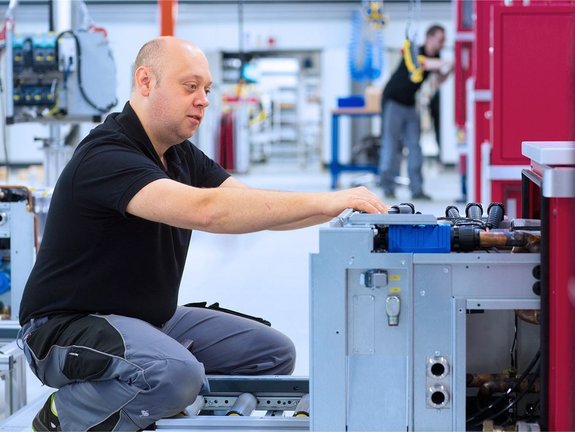
Space requirements in production have become an important criterion for planning production lines. As a result, an added plus for LDF diode lasers compared to other lasers of the same performance class is the small amount of space they require – less than 1m² floor space. The compactness and robustness of the diode laser and high-power laser optics even allow for mobile use, if and when necessary, enabling wholly new service and backup strategies.It can be replaced fairly easily and quickly in the event of maintenance work or in the case of malfunctions. This means that maintenance or repair can take place separately from the production line, and, by extension, without production downtimes. It takes less than half an hour to exchange and the laser does not need to undergo new setup or programming. Service calls from customers or Laserline technicians regarding high power diode lasers are, as a result, significantly more flexible.
Reliability and process efficiency are key requirements for tools used in industrial production. Fail-safe continuous operation in a multiple-shift operation, including in difficult ambient conditions, is, therefore, the benchmark for our products in terms of quality.
The highest possible process stability and system availability in a triple-shift operation are the requirements in the automobile industry, as fulfilled and proven by the diode lasersin a host of applications for years now. With an almost zero-maintenance operation and a lifetime of much more than 30,000 operating hours at its highest efficiency, the direct diode laser is clearly superior to other laser beam sources. As a comparison: with lamp-pumped Nd:YAG lasers, the lamps need to be changed about every 1,000 operation hours, which always entails downtime and service costs.
This philosophy has given rise to lasers that, today, offer up to 45 kW power as standard and can even reach an unusually high efficiency to over 50 percent. Meanwhile, converter lasers with high beam powers of up to 4 mm mrad are available in the power class of up to 4 kW. Laserline’s diode lasers are long-lasting, low-maintenance, and compactly built for mobile use thanks to their innovative diode cooling technology, and they are even available as a 19" rack mount laser. Furthermore, customized laser designs are designed, created and thoroughly tested in our own application laboratory. Additional components such as processing optics, scanners, beam switches, and monitoring systems round off Laserline’s growing portfolio. Users are offered training, as well as service and maintenance agreements. In case of malfunctions, a 24/7 service hotline and teleservice with remote diagnosis and remote maintenance are available.
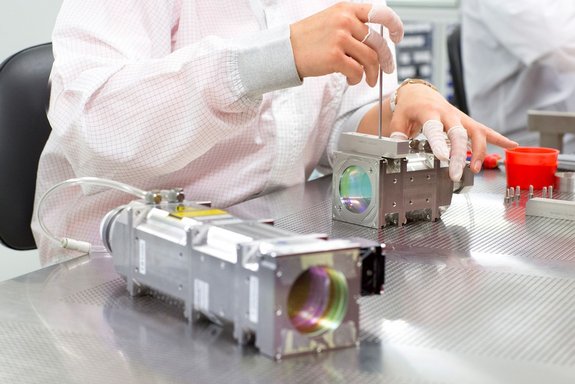

Typical fields of use for Laserline’s diode lasers includetraditional industrial applications in material processing, such as welding, brazing, hardening, softening, and creating or repairing coatings. Additionally, Laserline’s diode lasers have become established within plastic welding and in newer manufacturing processes, such as additive manufacturing (metal 3D printing) or the welding of fiber composites. Users primarily come from the automotive industry, or the engineering, toolmaking and mold-making industries. Many companies in the aerospace industry and heavy industrycount on Laserline today, too.